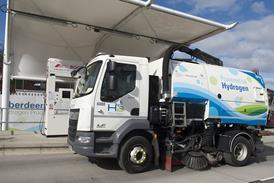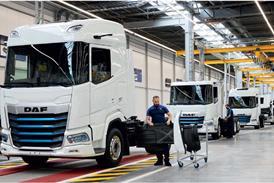The Scottish government said it was pressing ahead with long delayed plans to dual more of the A9 trunk road between Perth and Inverness, with a £150m construction contract notice expected to be awarded next summer.
The project to dual Scotland’s longest road can be traced back to 2008 when the government said improvement works were a priority on a route that was suffering from a lot of accidents.
But since then only around 11 miles of the 273-mile A9 has been upgraded, with the planned further 80 miles still to be done.
Earlier this year, the government admitted the vital upgrade would not be completed on target once again and blamed procurement processes, the pandemic, Brexit and spiralling inflation for the delays.
Campaigners have described the route as “exceptionally dangerous” and pointed to rising numbers of fatalities, with 17 deaths on the A9 last year alone.
This week, the government said the Tomatin to Moy dualling project was moving forwards and once the contract was awarded it should take three years to complete.
Mairi McAllan, cabinet secretary for transport, said: “Progression of the A9 dualling programme continues to be a priority for this government and our announcement underlines our commitment to one of the largest, most complex infrastructure programmes in Scotland’s history.
“Road safety is of paramount importance to both myself, and this government, and I understand how vital dualling the A9 is to the communities and businesses that rely on the A9 each day.”
Grahame Barn, chief executive of the Civil Engineering Contractors Association (CECA) Scotland, said: “All construction projects – particularly large-scale projects – have a significantly greater chance of a positive outcome for both client and contractor when meaningful collaboration is undertaken ahead of, and as part of, any procurement process.”
However, A9 campaigner and HGV driver Chris Cade described the plans as “just another dream” from the government. “The earliest the tender will be announced, if it’s viable, will be summer 2024,” he said. “Knowing how they work it will probably be late 2024 before it starts. Weather will slow it down; that area gets bad winter weather. It’s only a 9.6 km stretch and it’s going to take three years minimum to complete, so that’s 2027 earliest.”









![Mercedes-Benz_eActros_600_(1)[1]](https://d2cohhpa0jt4tw.cloudfront.net/Pictures/274x183/8/2/0/17820_mercedesbenz_eactros_600_11_978080.jpg)





